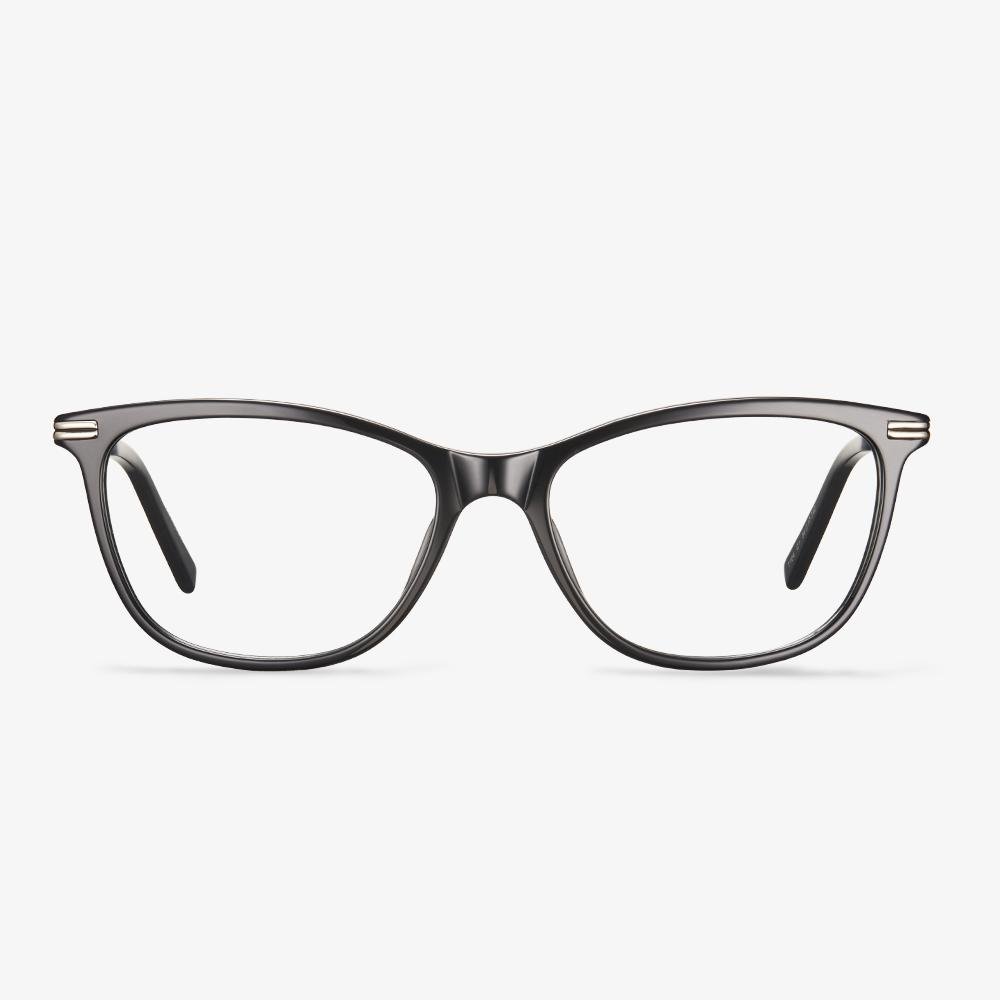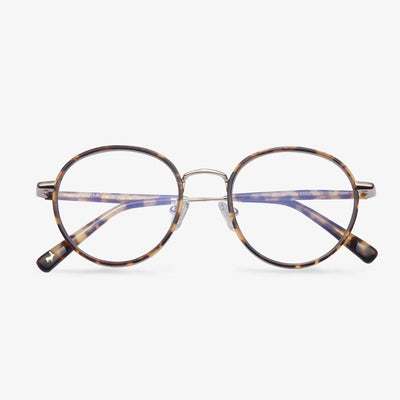How to Choose Reading Glasses?
In this section, we will show you some tips for choosing reading glasses.
Find the right power. When choosing reading glasses, finding the right power would be the most important thing. All reading glasses will have signs or stickers indicating their power. In most cases, they will range from +1 to +4 diopter, in increments of +0.25. So, when choosing reading glasses, try the lowest power first.
Test-drive the glasses. If you have brought reading material with you, try reading it at a comfortable length. If you hold the material too far out to be able to read it, you should increase the power. Keep testing the differences powers until can read clearly at the distance that’s more comfortable for you.
Choose big frames the first time. When choosing reading glasses, you can choose the big frames for the first time. You may need larger glasses frames or lenses to really get the sweet spot of where the prescription is.
And if you have never worn glasses for eye conditions such as nearsightedness, farsightedness or astigmatism, it is likely you will be able to see well with non-prescription reading glasses. So, you can buy these non-prescription reading glasses.
Change the lens.
If you like your frames, but your prescription changes or the lenses are damaged, you can simply replace the lenses in the existing frames. Most optical shops will let you choose this method to reduce waste and save money. It is recommended that you take the frame to your local store and talk to the team. They will be able to assess the suitability of your eyeglasses and will be able to give you a quote based on your requirements.
About the Eyeglasses Depot
EyeglassesDepot.com was founded in 2007 as a new division of our retail designer glasses and sunglasses business. Two laboratory technicians have over 17 years of profession in the field of optometry, eyewear repair, and eyewear sales. The target is to repair more and more glasses and bring them back to life. They include sunglasses and glasses repairing to restore their natural beauty.
The development of glasses
In 1451, Nicholas of Cusa of Germany invented a lens that was thinner in the middle and thicker at the end to help short-sighted people. In 1727, Edward Scarlett, an English optician, invented modern frames that could be worn over ears and noses. Benjamin Franklin, an American scientist, and philosopher invented bifocals, which divide the lenses into far and near parts. The two lenses are held together by a metal frame. Frame construction has improved over the centuries, and today frames have come in different kinds of styles and designs. Unbreakable lenses were invented in 1955, and in 1971 a new type of lens combining plastic and glass properties was invented.
Design principle of progressive multifocal lens
For the same piece of the lens, the top is used to see far, the bottom is used to see close. The upper and lower degrees are different.
There is not a sudden change in the distance degree fixed above the lens to the near degree fixed below the lens, but a gradual transition between the two through gradual changes in refractive power, which has special benefits over common bifocals or trifocal lenses.
What Are Premium Progressive Lenses?
Premium progressive lenses are designed to provide a wider and smoother view. These lenses are highly customizable for your prescription, chosen frame, and eye anatomy. Premium progressive lenses can incorporate your dominant eye into the design and make transitioning between different prescriptions feel smoother as well.
AHT blue light blocking glasses
AHT has been working on blue light blocking glasses research, popularization, and vision protection programs. AHT is a market-oriented, consumer-centered brand, providing integrated vision protection solutions. They establish a technology and research and development strategy center, utilize Internet thinking to market products, create and operate as an internationally famous brand. In the pursuit of excellence in the quality of technology, They made a continuous breakthrough.AHT blue-light-blocking glasses lens can effectively protect your eyes from digital blue light.











































